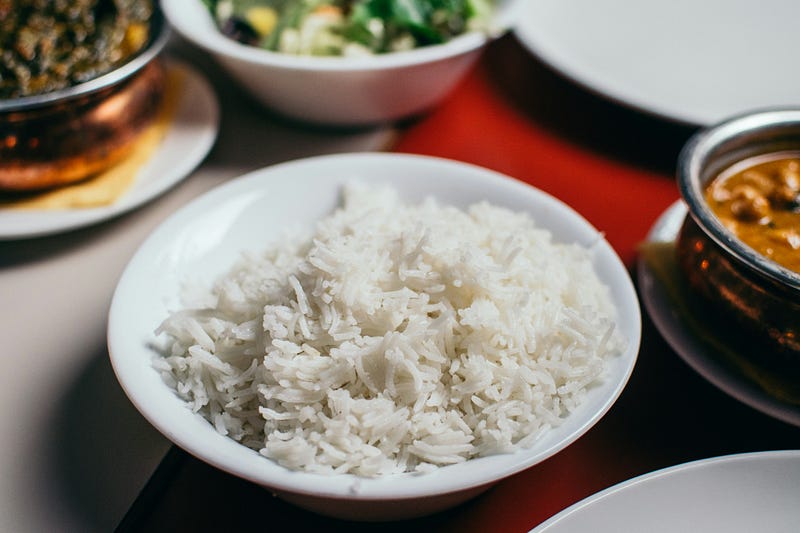Reducing White Rice Calories: A Scientific Approach to Weight Loss
Written on
Understanding “Good Carbs”
As a health and fitness coach, I often get questions from clients about which carbohydrates to include in their diets. Here are my top recommendations:
- Potatoes, sweet potatoes, and pumpkins
- Carrots, onions, and rice
- Fruits
- Macadamia and coconut
- Buckwheat and walnuts
- Almonds and cashews
- Beans, rye, quinoa, and brown rice
- White pasta, bread, and corn
Foods are rated higher when they lack antinutrients like phytic acid and gluten, and have lower omega-6 content. For instance, macadamia nuts score higher due to their significantly lower omega-6 levels compared to almonds.
Foods such as potatoes and carrots, while nutritious, are generally not advised for a carb-restricted diet. Nevertheless, they are lower in harmful elements and are packed with resistant starch. The foods in the second and third categories can be consumed, provided they are not eaten in excess.
As we move to the fourth rank and beyond, the omega-6 content tends to rise. Thus, it’s advisable to enjoy foods ranked seven and eight only occasionally.
The Focus on White Rice
I often recommend rice to my clients, but its calorie count can be high in relation to its nutritional benefits. However, I recently came across an article in the Washington Post that highlights a novel cooking technique capable of reducing the calories in white rice by 50–60%.
Typically, one cup of cooked white rice contains around 240 calories, but with this method, it can drop to approximately 96 calories. Even if you consume two servings, your total calorie intake remains lower than having one serving cooked traditionally.
How to Lower the Calories in White Rice
- Add coconut oil, butter, or olive oil amounting to 3% of the rice’s weight.
- Cook the rice.
- Chill the rice in the refrigerator for 12 hours.
What’s the Science Behind This?
The combination of oil and the cooling process transforms the rice's starch into resistant starch, which acts like a superior form of fiber. As resistant starch is not absorbed as a calorie, this method effectively reduces the overall calorie count of the rice.
Moreover, resistant starch can aid in weight loss and alleviate allergy symptoms, making this cooking technique a worthwhile addition to your culinary repertoire.
Chapter 1: The Role of Carbohydrates in a Balanced Diet
Exploring the Benefits of “Good Carbs”

Section 1.1: Nutritional Ranking of Carbohydrates
Delving into the differences in carb types...
Subsection 1.1.1: Understanding Antinutrients
Antinutrients and their impact on health...
Section 1.2: Cooking Techniques for Healthier Eating
Innovative methods to enhance your diet...
Chapter 2: The Breakthrough in White Rice Cooking
Revolutionizing traditional rice preparation...